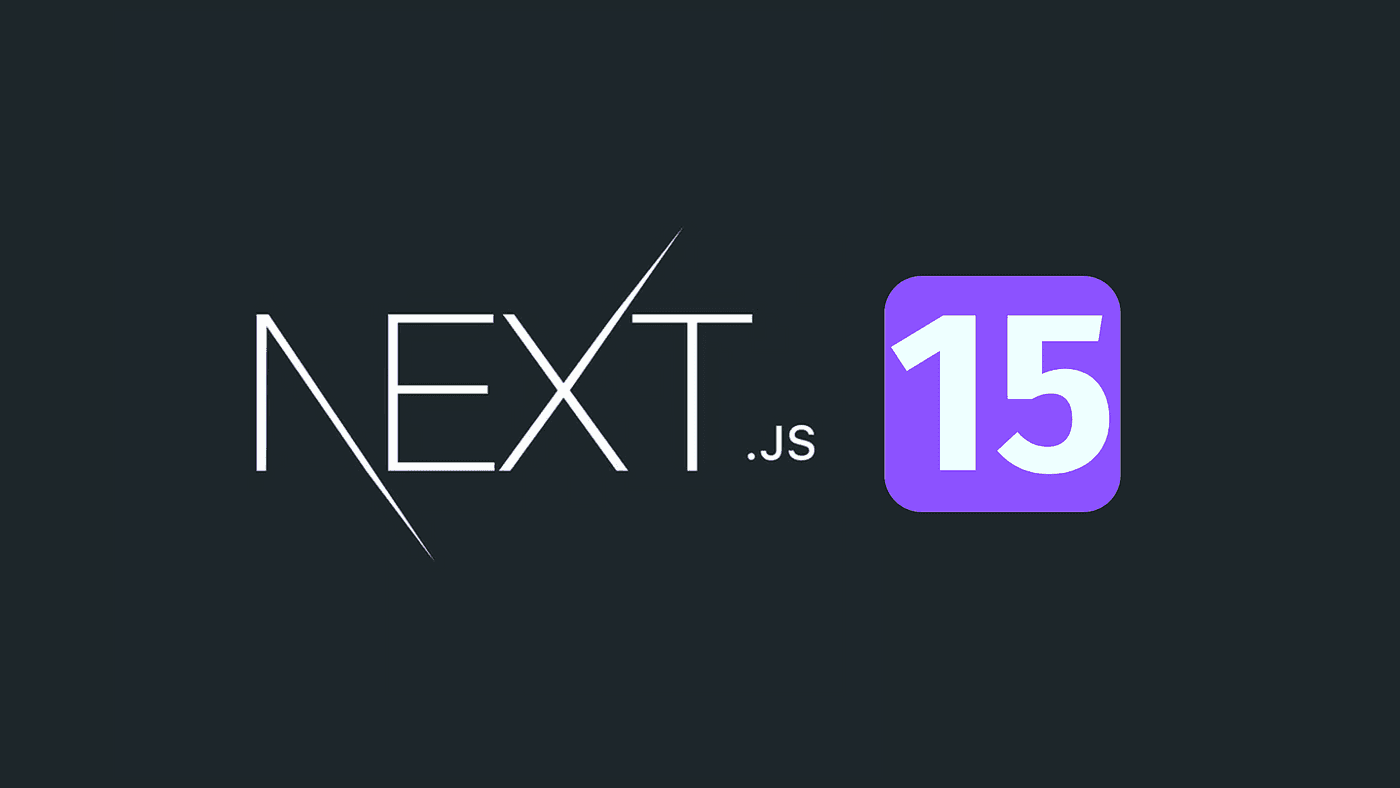The Advantages of Using Next.js 15: What's New and Why It Matters

As a full-stack engineer, staying updated with the latest tools and frameworks can significantly enhance your productivity and the quality of your projects. The release of Next.js 15 brings transformative updates that cater to both performance optimization and developer experience. Here's a detailed overview of its new features, best practices, and advantages:
1. Improved Developer Experience
-
Enhanced TypeScript Support: Native integration of TypeScript in configuration files and robust type-checking make coding smoother and error-free.
-
Turbopack Stability: Next.js 15 introduces the stable version of Turbopack, a faster bundler, which improves local development speeds significantly.
-
Codemod CLI: Upgrading Next.js versions is simplified with an enhanced CLI that automates dependency updates and configuration changes.
2. Performance and Optimization
-
Advanced Image Optimization: Built-in support for modern image formats (AVIF, WebP) and lazy-loading reduces load times and improves Core Web Vitals.
-
Dynamic Imports with Suspense: Fine-grained control over loading states enhances page rendering speed and transitions.
-
Asynchronous APIs: Request-specific APIs are now asynchronous, boosting server-side rendering efficiency.
3. Enhanced Features for Scalability
-
Nested Routing and Layouts: Developers can define modular layouts for different app sections, reducing repetitive code and supporting complex user flows.
-
Improved Static Generation: Fetch responses are reused during static builds, reducing workload and build times for large applications.
4. Built-in Insights and Analytics
The introduction of analytics tools lets developers monitor performance metrics such as page load speeds and Core Web Vitals directly within the framework, ensuring proactive optimizations without third-party integrations.
5. Expanded Design and Routing Capabilities
-
New Form Component: Simplifies form handling by enabling prefetching and client-side navigation without additional boilerplate code.
-
Edge Middleware Enhancements: Optimized for serverless performance, making global, high-performance applications easier to develop.
6. Transition to React 19 RC
Next.js 15 incorporates React 19 RC, enabling backward compatibility while providing access to the latest React APIs, though it is advisable to update all dependencies to avoid inconsistencies.
Best Practices with Next.js 15
-
Leverage Turbopack for development to improve build and refresh times.
-
Use React Suspense and dynamic imports to optimize resource loading.
-
Adopt the new asynchronous APIs for server-side functions to enhance scalability.
-
Organize your codebase using the updated App Directory for cleaner file structures.
Why Next.js 15 is Ideal for Full-Stack Development
With these updates, Next.js 15 stands out as a versatile framework, offering tools for faster development, better performance, and enhanced scalability. Whether you're working on small projects or enterprise-grade applications, its features cater to modern web development needs.
For more details, you can explore the official announcements and insights on Next.js 15 from sources like Vercel and DEV Community.